
Leica BLK2FLY Autonomous Flying Laser Scanner
Leica BLK2FLY เป็น โดรนติดตั้งเครื่องสแกนเนอร์แบบขับเคลื่อนอัตโนมัติ สำหรับบินเก็บข้อมูล 3มิติ ภายนอกอาคาร โครงสร้าง โรงงาน สะพาน หรือวัตถุต่างๆในพื้นที่ๆที่ยากแก่การเข้าถึง ผู้ใช้งานเพียงกำหนดพื้นที่ที่ต้องการเก็บข้อมูล โปรแกรมควบคุมจะสร้างแผนการบินเองอัตโนมัติและสั่งให้โดรนขึ้นบิน Leica BLK2FLY จะควบคุมการบินเองแบบอัตโนมัติ สามารถหลบเลี่ยงสิ่งกีดขวางในระหว่างทำการบิน ทำให้มีความปลอดภัยในการทำงาน เมื่อบินเสร็จนำข้อมูลเข้าสู่โปรแกรมประมวลผลข้อมูลแบบอัตโนมัติ ได้เป็นข้อมูล Point Cloud สีจริงสำหรับนำไปใช้งานต่อได้อย่างหลากหลาย
คุณสมบัติตัวเครื่อง
• โครงสร้างโครน : วัสดุคาร์บอนไฟเบอร์
• ความเร็วสูงสุด : 5 m/s
• ความต้านทานลมสูงสุด : 12 m/s
• เพดานบินสูงสุด : 1,800 m เหนือระดับน้ำทะเล
• ระยะตรวจจับสิ่งกีดกวางขั้นต่ำ : 4 m
• วัตถุที่ไม่สามารถตรวจจับได้ : สายไฟเล็กกว่า 5 mm / วัตถุที่บางมาก เช่นกระดาษ กิ่งไม้ขนาดเล็ก วัตถุโปร่งแสง กระจก หรือวัตถุที่มีผิวสีดำ
• ระบบการมองเห็น : กล้อง 5 ตัว ความละเอียด 1.6 MP มองเห็นได้ 300 องศาแนวราบและ 180 องศาแนวดิ่ง
• ระบบควบคุม : BLK2FLY Live App ติดต้งบน iPad (iOS 13 หรือใหม่กว่า)
• ระยะควบคุมไกลสุด : 100 m line of sight
• ระยะเวลาบินเก็บข้อมูล : 13 นาที ที่ระดับความสูง 400 m เหนือระดับน้ำทะเล
• แบตเตอรี่ : Li-ion 14.8 V, 6.75 Ah
• ที่เก็บข้อมูลภายใน : 256 GB
• ระดับแสงเลเซอร์ : Class 1 มีความปลอดภัยสูงสุด
• องศาการสแกน : แนวราบ 270 องศา / แนวดิ่ง 360 องศา
• ระยะสแกน : 0.5 – 25 m
• อัตราการสแกน : 420,000 จุด/วินาที
• ค่าความถูกต้องแบบสัมพัทธ์ : น้อยกว่า 20 mm
• ค่าความถูกต้องแบบสัมบูรณ์ (w/o GNSS) : 40 mm
• อุณหภูมิปฎิบัติงาน : +5° to +35°
• มาตรฐานกันฝุ่นและน้ำ : IP54
• การถ่ายโอนข้อมูล : Wireless (WLAN & LTE) และ USB 3.1 (USB C)
• น้ำหนัก : 2.6 กิโลกรัม
• โปรแกรมประมวลผล : Leica Cyclone REGISTER 360 หรือ Leica Cyclone REGISTER 360 (BLK EDITION)
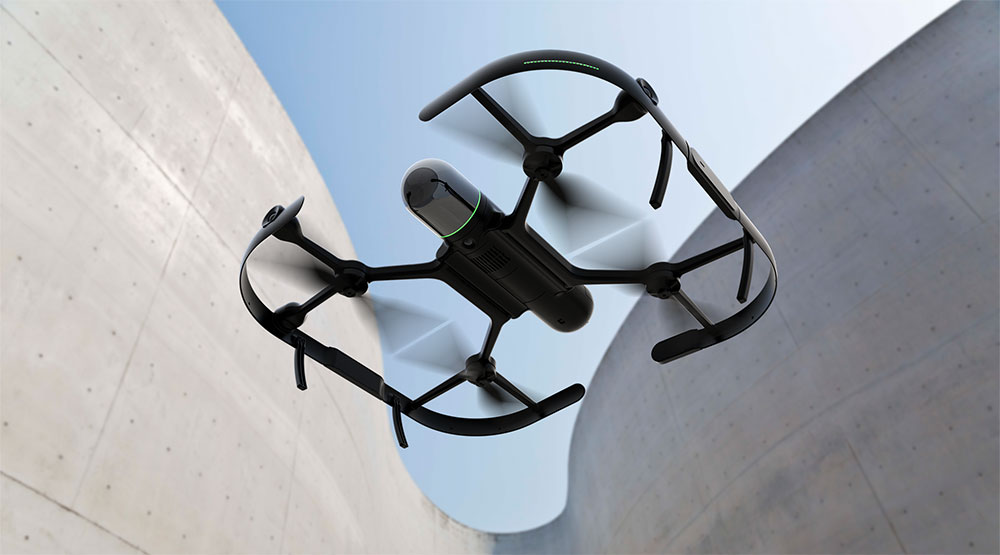
The Leica BLK2FLY is an autonomous flying laser scanner with advanced obstacle avoidance for easy reality capture from the sky. It captures building exteriors, structures, and environments to create 3D point clouds while flying. The BLK2FLY is designed to be easy-to-use: with a few simple taps on a tablet, users can set the BLK2FLY aloft to autonomously scan building exteriors and features, such as hard-to-access areas like rooftops and facades. Deploying the device itself is as easy as unfolding it, switching it on with the press of a button and placing it on the ground, ready for takeoff.
BLK2FLY autonomous flying laser scanner
- Allows you to scan hard-to-reach areas like building facades and rooftops
- Autonomously captures complete scans of building exteriors to create 3D digital twins
- GrandSLAM sensor fusion of LiDAR, radar, cameras, and GNSS for complete scan coverage, optimized flight paths, and shortest return to home
- Advanced obstacle avoidance for superior flight safety
- Hot swap battery system
- Lightweight, portable, easy to use
Leica RTC360 3D Reality Capture Solution
The BLK2FLY makes it easy to get your data into your preferred software and to share your scans with others. It also works seamlessly with other Leica Geosystems sensors and software. You can directly upload your data to HxDR with automatic conversion to OBJ and cloud-based visualization, and also allow others to access and work with your data, including data download, via HxDR. Or transfer your data to Leica Cyclone REGISTER 360 with USB-C or WLAN for scan-to-BIM workflows.
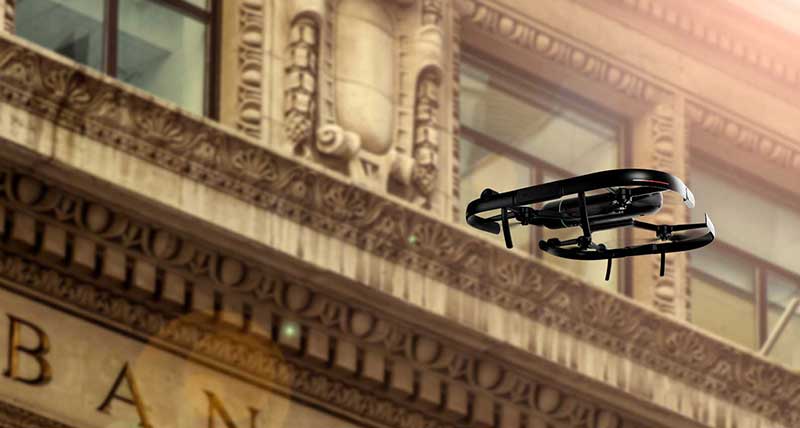
Autonomous UAV Scanning
The BLK2FLY intelligently incorporates the environment around it into its flight plans. It keeps the correct distance for ideal scanning and formulates optimized flight routes for return to home.
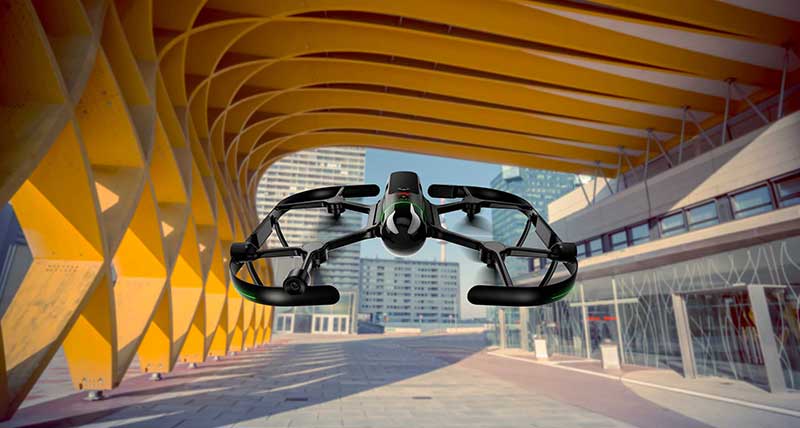
Full dome LiDAR sensor
The enclosed, full dome laser scanner onboard the BLK2FLY captures 3D point clouds in all directions.
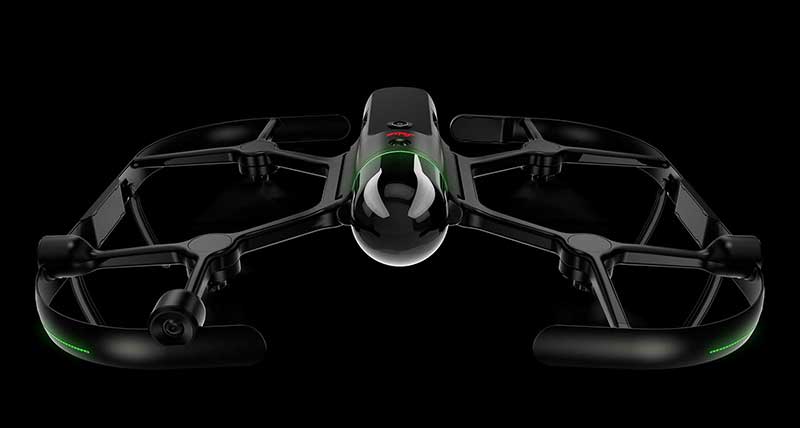
GrandSLAM
BLK2FLY takes GrandSLAM technology even further. LiDAR SLAM, Visual SLAM, radar, and GNSS make the BLK2FLY fully autonomous, easy to use, and able to fly safely and accurately on its own.
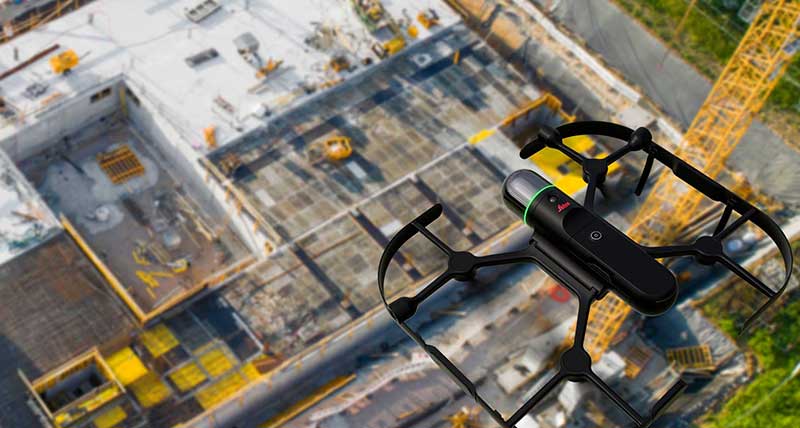
Complete scanning with advanced obstacle avoidance
BLK2FLY uses omnidirectional radar and LiDAR to avoid obstacles for accurate, uninterrupted, and safe scanning.
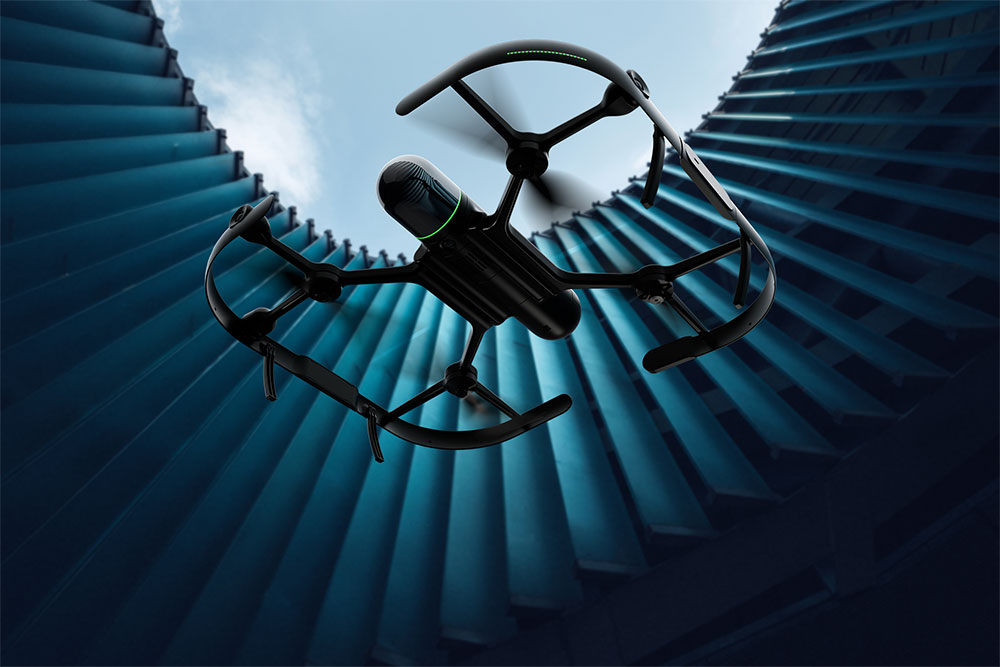
Hot swap batteries
The hot swap battery system keeps you flying. The BLK2FLY will return to you during the scan for new batteries and then continue along its mission.
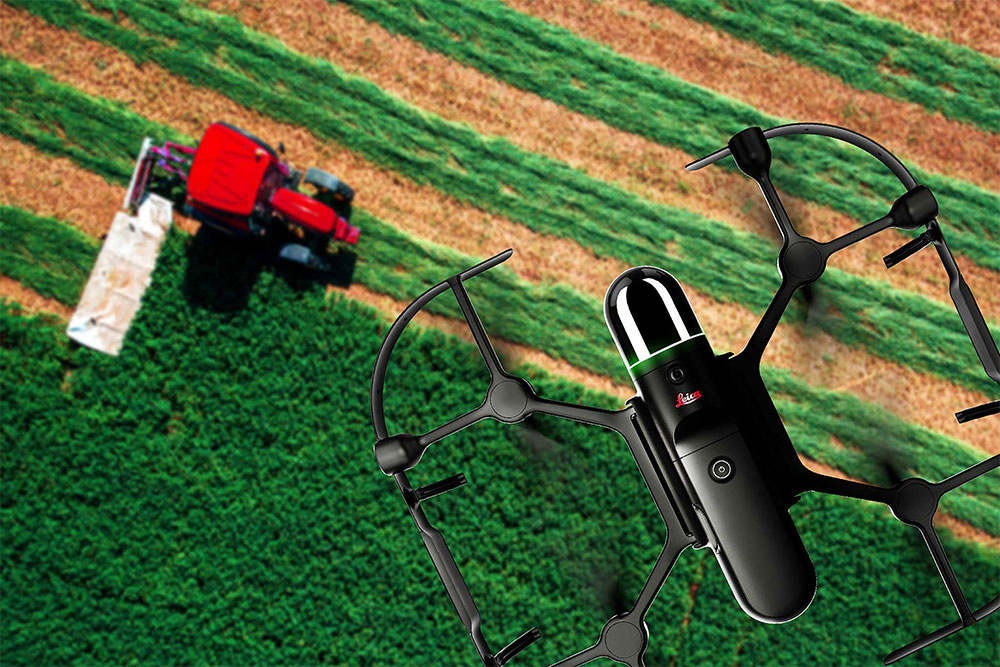
Portability
BLK2FLY is lightweight (2.6 kg/5.95 lbs) and easily folds into a transportation case with all accessories.